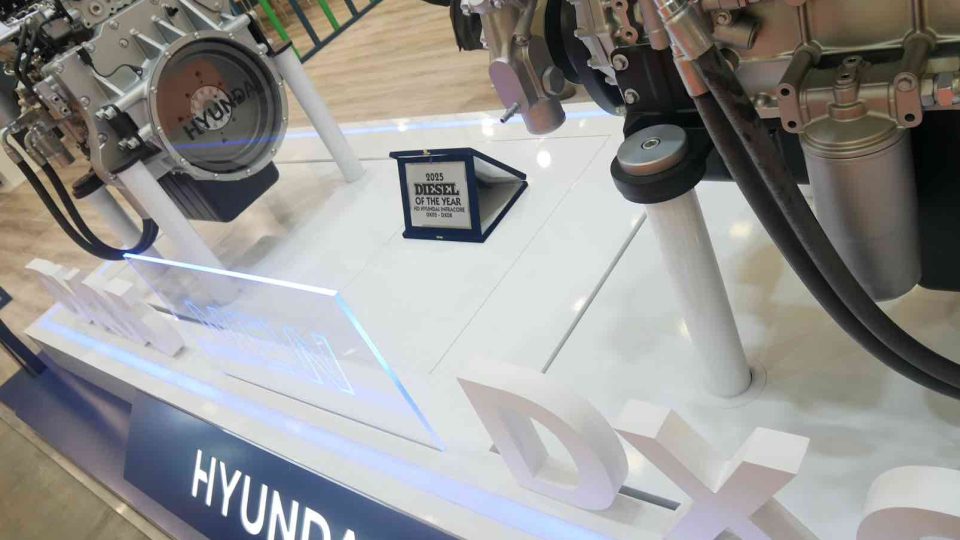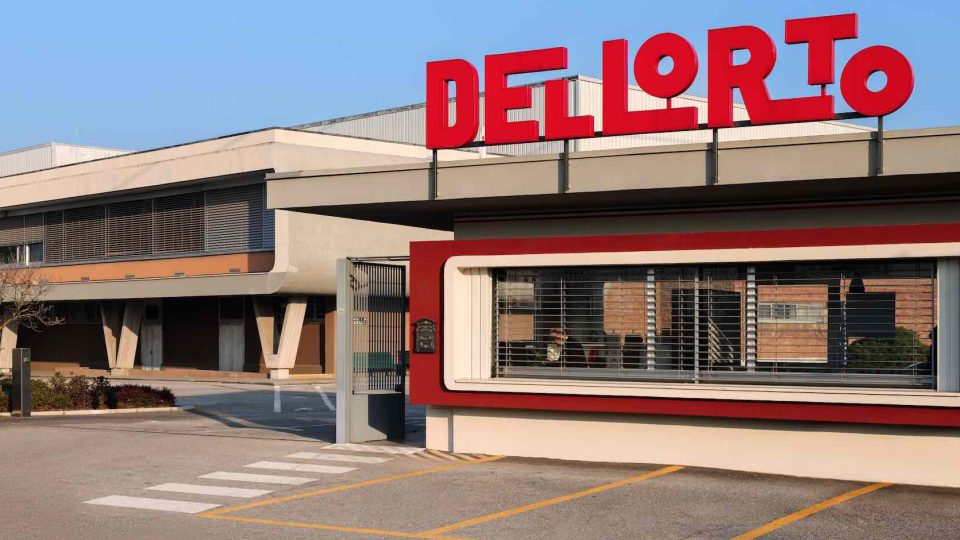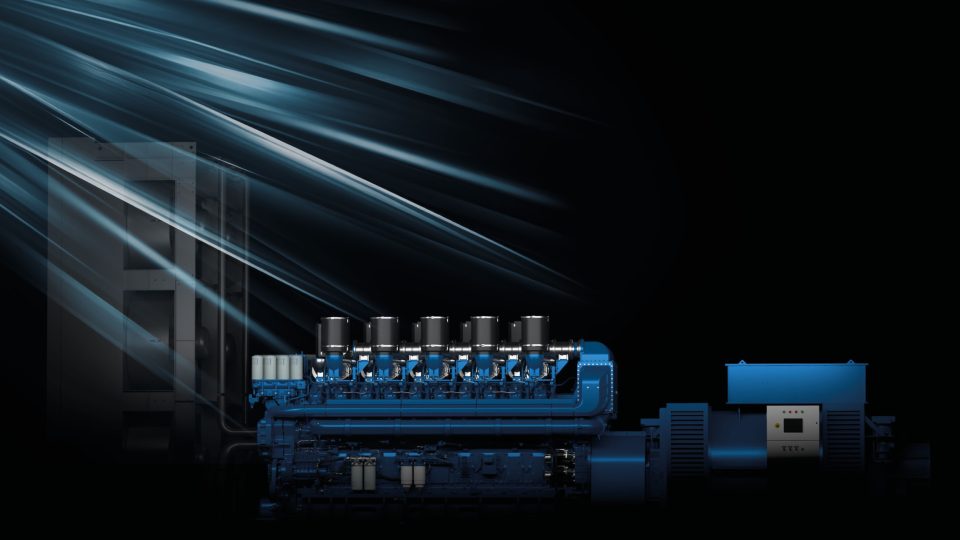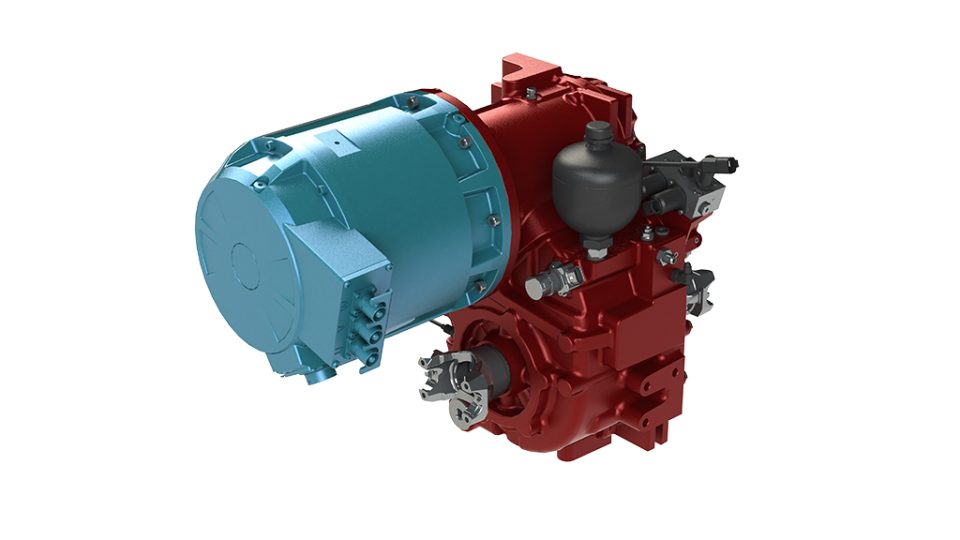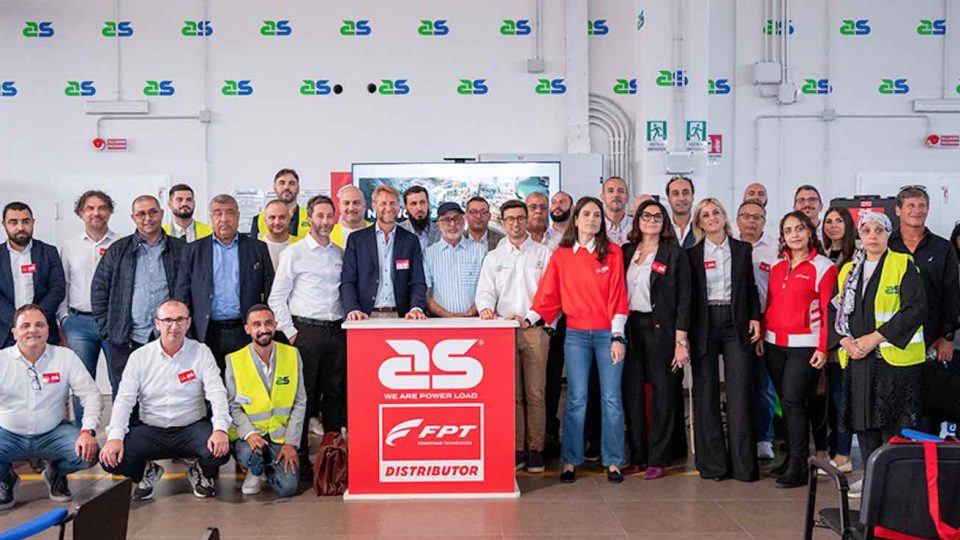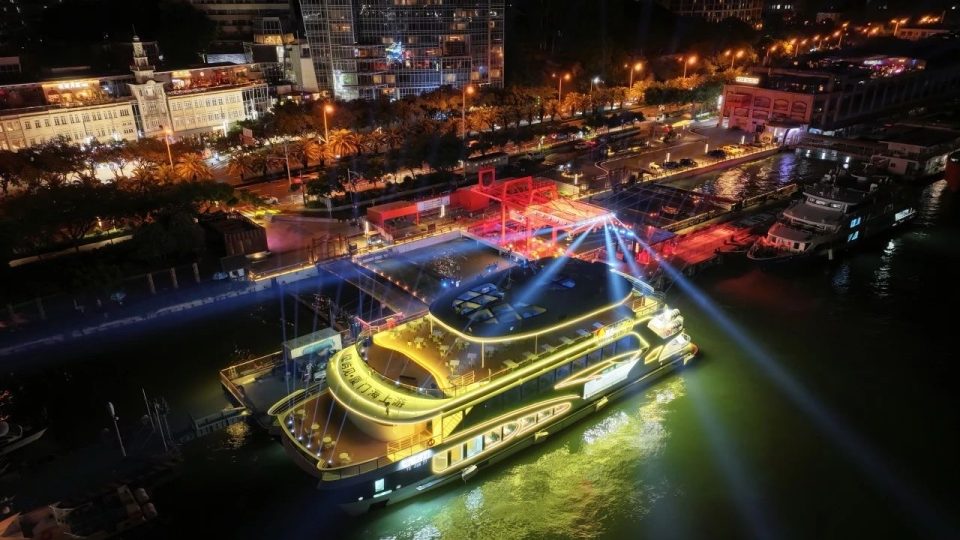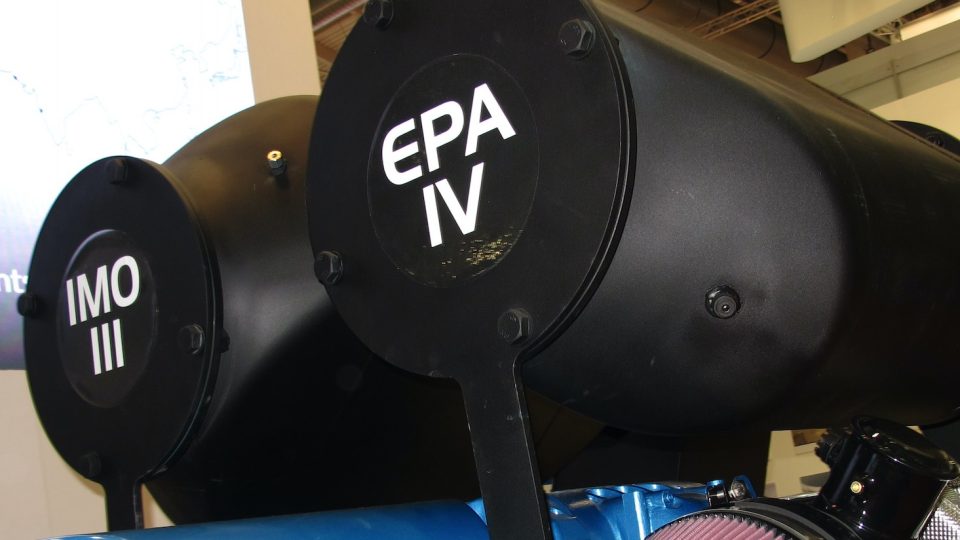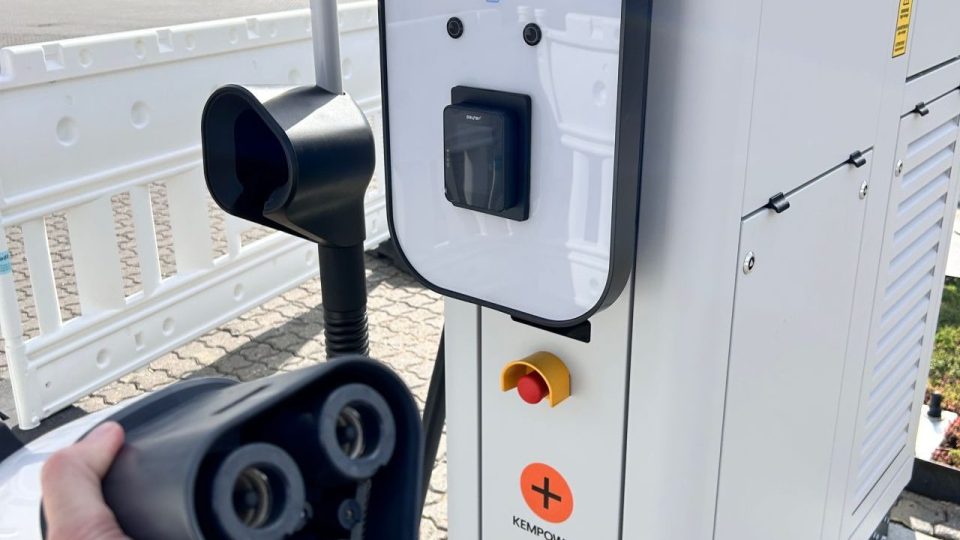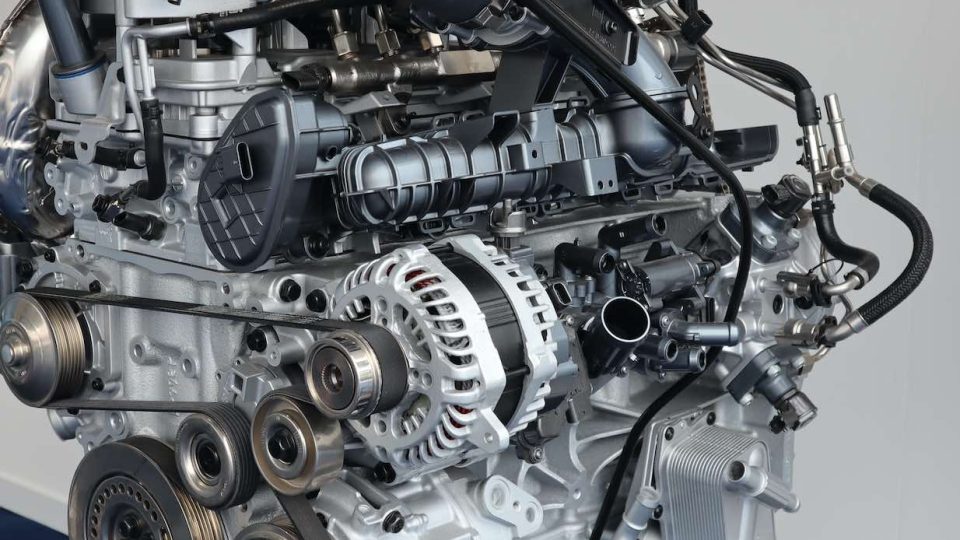NOVAC spreads the supercap message
NOVAC is located in Modena, close to the factory where the Ferrari miracle began. It started from the vision of four very young engineers who set out to develop and apply the supercap principle
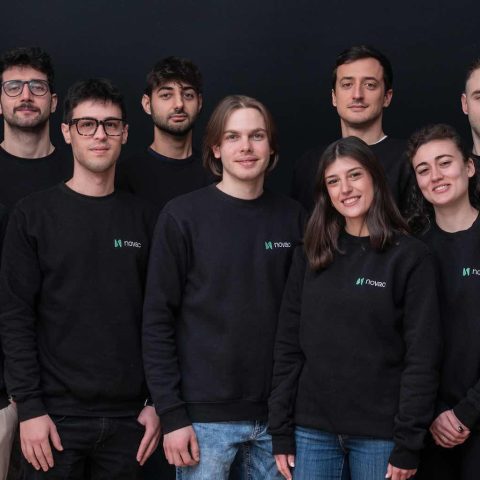
From anywhere you look at it, when we talk about propulsion and mechatronic technology in Italy, we often end up here, even in the case of NOVAC and the supercaps applied to motorsport, and not only. Here we are in Modena and we have to repeat what we said about Reinova and other players, such as ZAPI Group: on the Emilia Romagna region, expertise in the field of vehicular propulsion has not stopped at the ICE mode.
Asking to the CEO about supercap and Novac
We interviewed the NOVAC CEO, Matteo Bertocchi, a vehicle engineer like another of the four board partners. A materials engineer and an electronics engineer complete the roster of founders. Age peak? Thirty years flat. Like it was the Silicon Valley… “Why not to use the surfaces of the vehicle to store energy?” Bertocchi pointed out, after introducing us to the birth of the company. “We therefore focused on supercaps, or supercapacitors. Batteries struggle to deliver peak power and surge, they get stressed and overheat. Supercaps charge and discharge very quickly. In contrast to batteries, they store little energy but deliver peaks in a very short time. The energy density is one twentieth of batteries, the power density (kW/kg) is ten times higher. Supercaps do not replace batteries, they are complementary to any form of energy storage, including fuel cells. In any case, they need a boost in transients. They can also be used alongside internal combustion engines, in a hybrid system, and in Start&Stop applications. The battery recovers small amounts of energy, dissipating the rest in heat, while the supercap recovers 99%. It has one million life cycles, is free of thermal runaway risks and contains no lithium. We integrated it into the carbon fibre of high-performance cars, such as motorsport cars. However, we realized early on that the need to condense power into a small space is common to other industries, such as maritime and aerospace.”
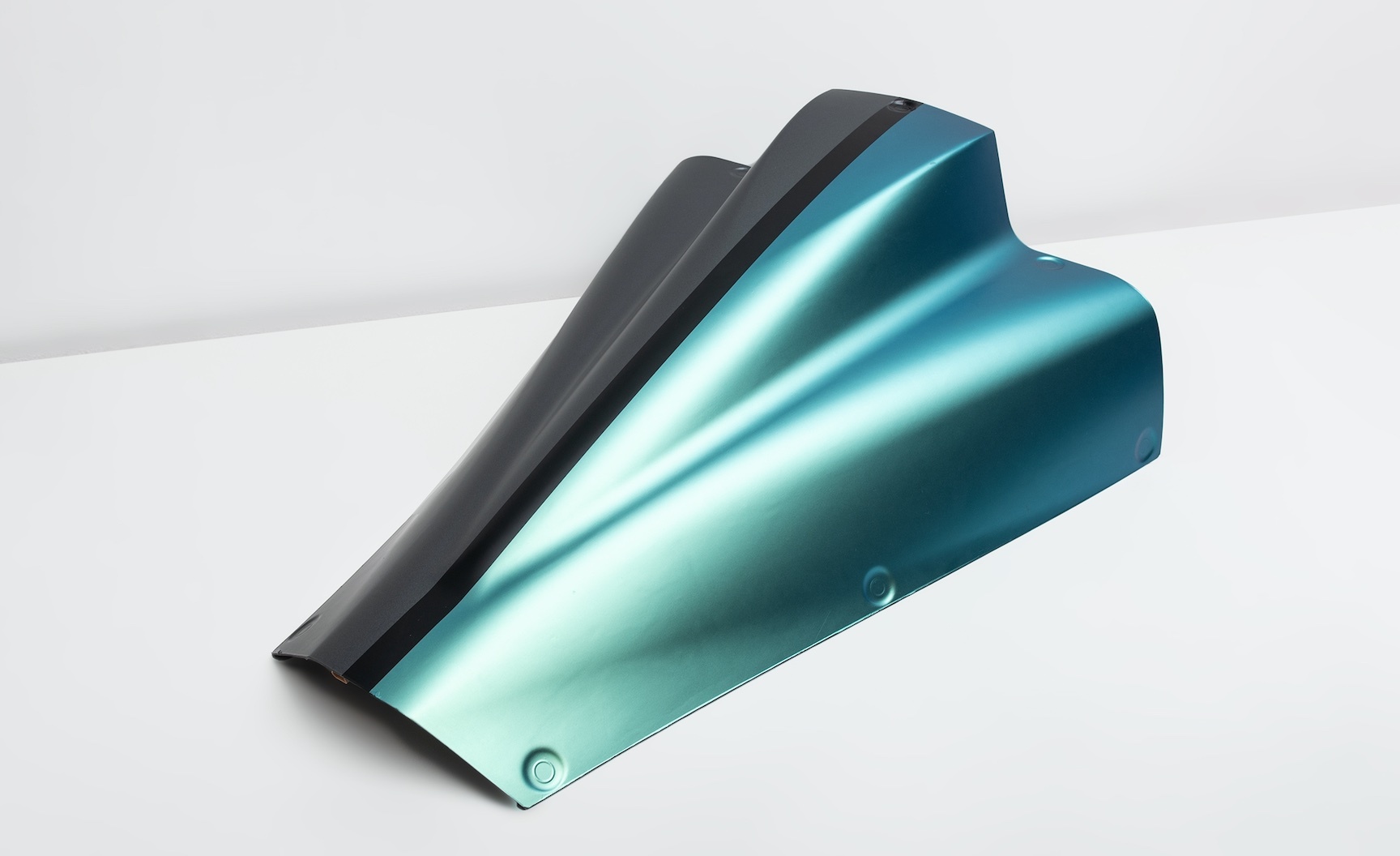
Because the supercap also matches the hybrid
In addition to the usual electric declinations, a supercap also fits well into a hybrid framework. “Applied to an internal combustion forklift, to cite a typical example (again, Matteo Bertocchi speaks, ed.), the supercap allows the engine to be downsized, reducing its weight and cost. In addition, the category class can be lowered, reducing the cost of certification tests”.

